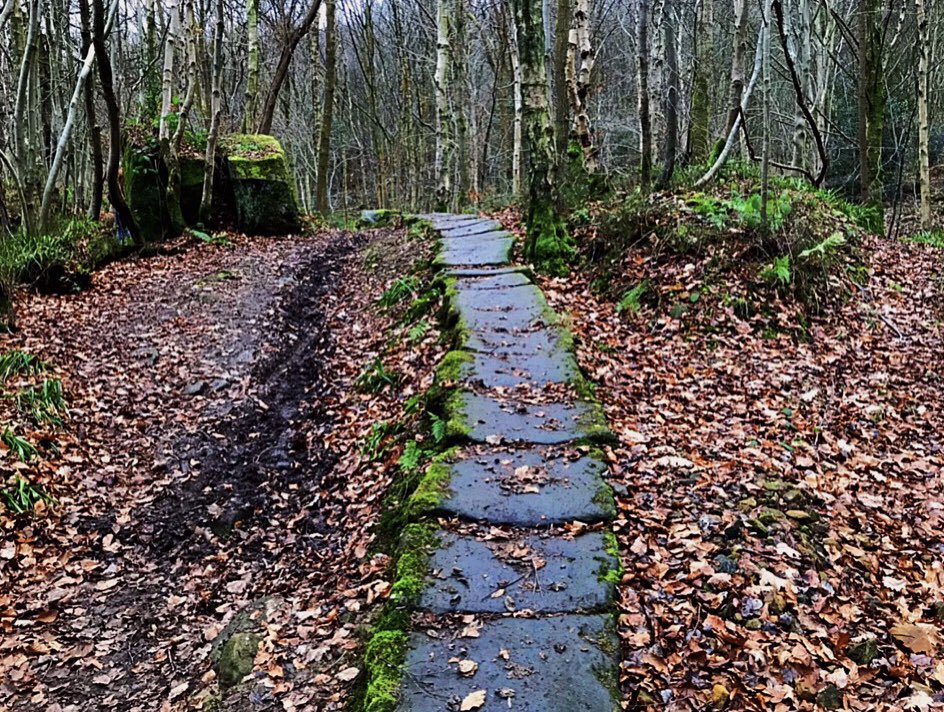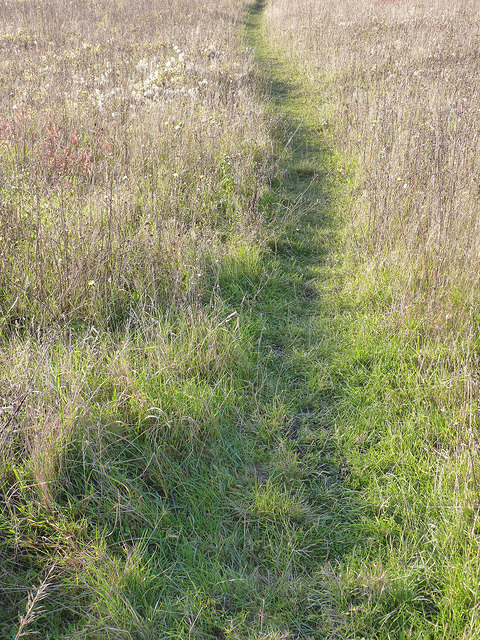The Yorkshire trod is a great way to make a footpath

The OED defines a trod as ‘A trodden way; a footpath, path, way. (dialect)’. Phillips New World of Words (1678) explained Trode as ‘an old word signifying a path’. It slipped out of general use but survives in some parts of the country. Often, a trod is a trodden route across a field. In Yorkshire stone trods were laid (eg across the North York Moors) as commercial trade routes and, of course, desire lines.
Jim writes that ‘Completely obsessed with these “trods” of the North York Moors. Paved routeways made of flagstones – some medieval. There’s a network of them across the moors. Spent weeks searching out as many as I can.”
Landscape architects should being the word ‘trod’ back into use as a noun. We could make points like these:
- ‘a trod is always wide enough and never wider’
- ‘a flagstone makes a good trod’
- ‘why make it more than a trod’s width’
- ‘if it’s not trod space it should be vegetated’
- ‘trods make great greenways’
There are many occasions when a path should be wider than a trod, and many occasions on which they should be no wider. Our architectural friends love blank paving for its own sake, and often need to be reasoned out of their belief. I wish this had been done for Deptford Creekside.

